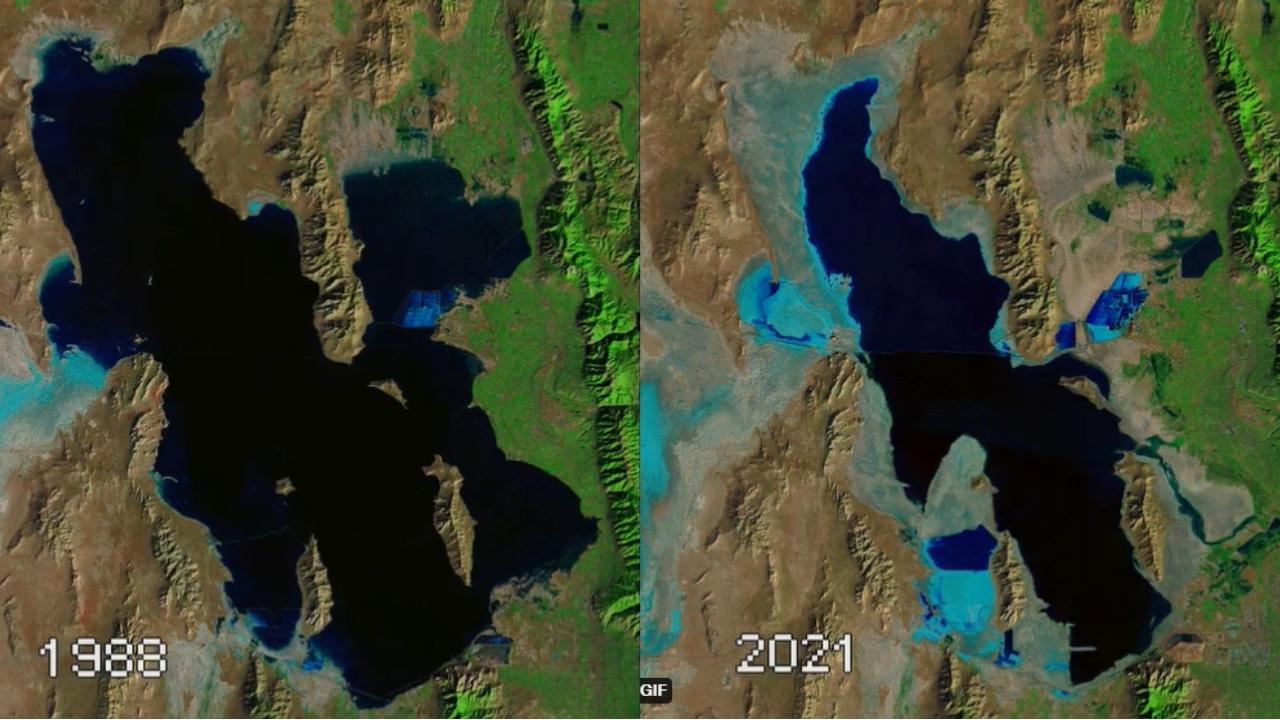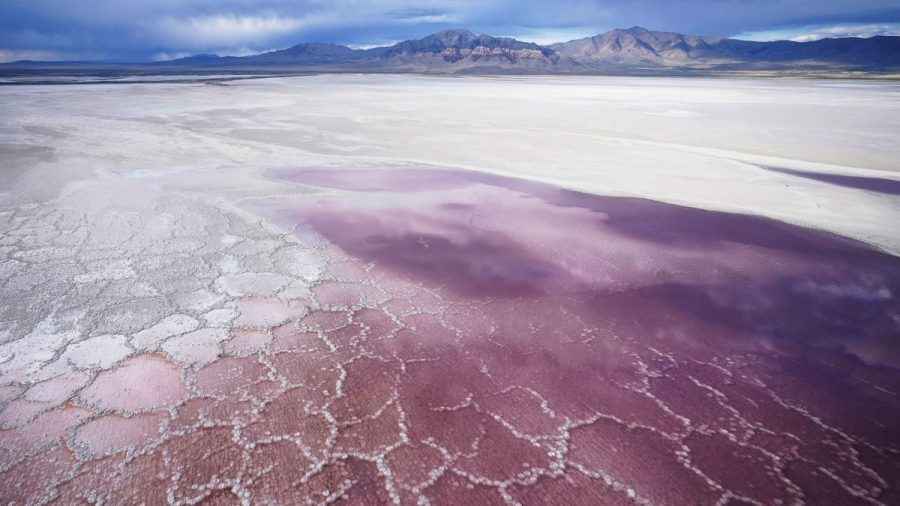The Great Salt Lake Is Gone
What Was Once A Jewel Of America Is Now Becoming A Toxic Wasteland.
The Great Salt Lake is the eighth-biggest lake in the world, and the largest saltwater lake in the Western Hemisphere. It is located in Utah’s northern region and significantly affects the local climate. It is a piece of the once-vast Lake Bonneville, which once spanned most of western Utah. Now, it is at risk of disappearing.
In the days before they are scheduled to meet, many scholars are urging Utah lawmakers to take decisive action to preserve the Great Salt Lake before it disappears.
If the lake does not receive a dramatic infusion of water by 2024, an emergency briefing issued warns of “unprecedented” danger to Utah’s public health, ecology, and economy. Two years in a row, the lake has reached record-low elevations, exposing 60% of its lakebed, which is now a hazardous source of dust pollution. The report issues a dire warning that the Great Salt Lake would vanish over the next five years due to excessive water use in its basin if no actions are taken to save it

Ben Abbott, a professor of Aquatic Ecology at Brigham Young University and the report’s primary author, stated in a press release “The decisions we make in the coming few months will affect our community and ecosystems across the hemisphere,”
In an effort to save the Great Salt Lake, the Utah Legislature last year enacted some of its most significant conservation measures to date. A $40 million trust to protect water rights and enhance lake habitat was approved after they were given a helicopter tour of the enormous exposed lakebed. They allocated millions for mandatory secondary water metering. They changed the state’s pioneer-era water regulations to enable farmers to lease their water rights and use them for environmental concerns like the Great Salt Lake,
“Conservation is the only way to provide adequate water in time to save Great Salt Lake,” the report says. “Conservation is also the most cost effective and resilient response.”
While the “megadrought” in the west and climate change are causing water shortages and environmental stress throughout the region, the Great Salt Lake’s loss of water is primarily due to human usage. Since 2020, the lake has lost more than 1 million acre-feet annually, which is “far more” than what models had expected.
According to the analysis, the lake is currently 10 feet below its minimum healthy elevation. While the lake’s receding shoreline receives a lot of attention, the briefing also warns of an imminent health catastrophe in the Great Salt Lake Basin, the early indicators of which are already visible.
evidence of the lake’s contribution to hazardous dust is appearing all across the West. According to the paper, hazardous sediment from the Great Salt Lake has been seen from southern Utah to Wyoming, and is responsible for speeding snowmelt and worsening air quality. Concerning substances, such as arsenic, are present in the lake bed’s dust.
The Great Salt Lake can be either an extraordinarily beautiful jewel of nature or a serious hazard to human health, The choice is ours.
RELATED ARTICLES:
Wester Megadrought-
https://www.weforum.org/agenda/2022/09/western-america-megadrought-climate-change-weather-affects/#:~:text=A%20megadrought%20in%20the%20American,past%20two%20decades%20or%20so.
https://www.weforum.org/agenda/2022/09/western-america-megadrought-climate-change-weather-affects/#:~:text=A%20megadrought%20in%20the%20American,past%20two%20decades%20or%20so.
Comparison, 1986-2022-
https://www.usgs.gov/media/before-after/great-salt-lake-comparison-1986-and-2022
Lake Bonneville-
https://historytogo.utah.gov/lake-bonneville/
Climate Change-
https://www.un.org/en/climatechange/what-is-climate-change
TAKE ACTION-











